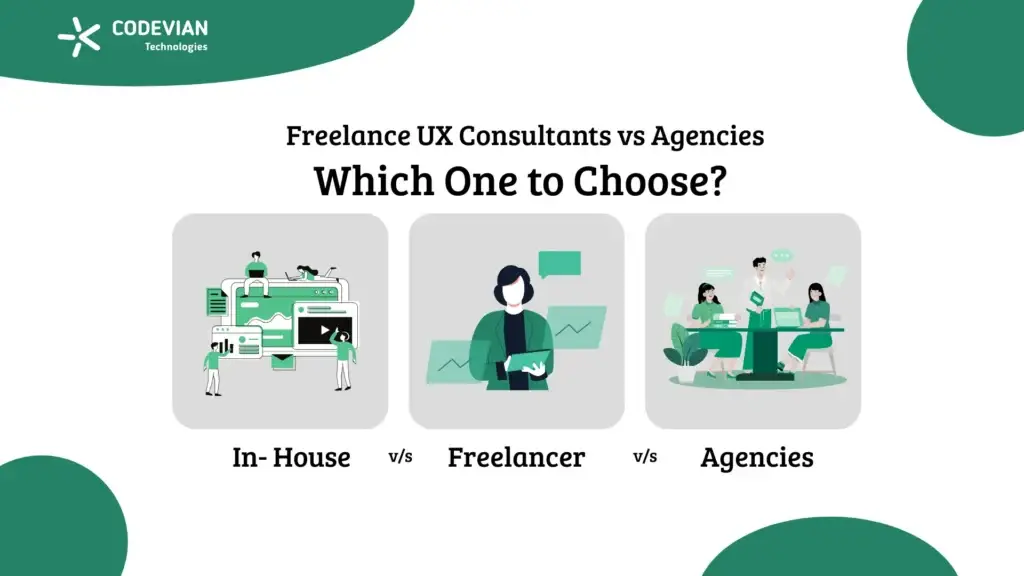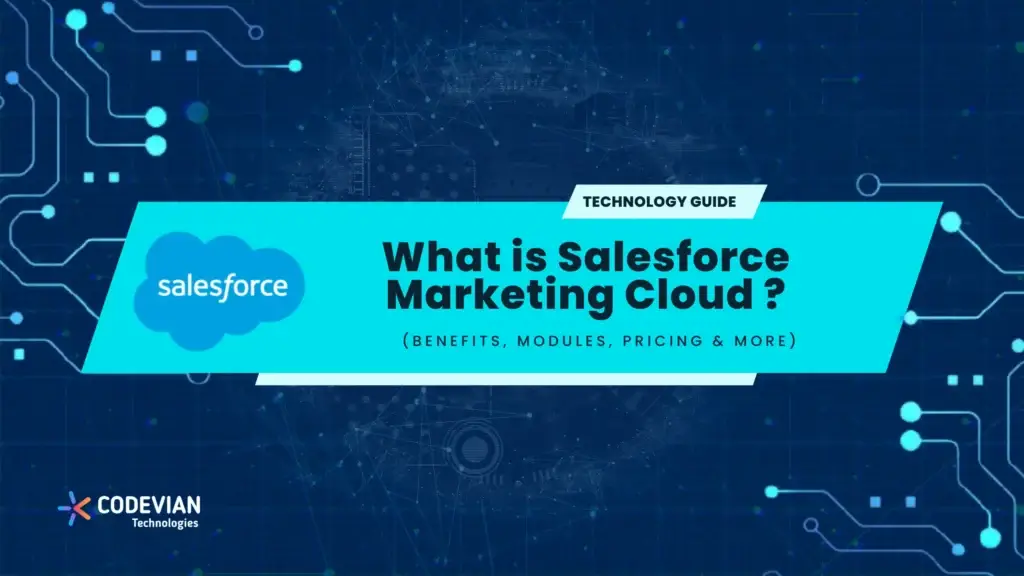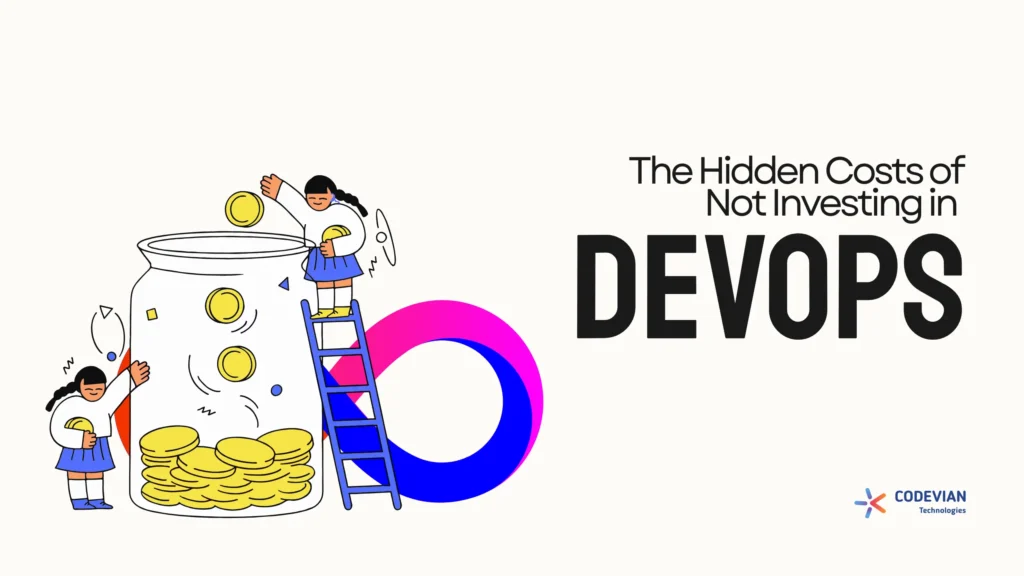Business requirements and functional requirements are important distinctions in the software development process — they must be defined before starting the lifecycle of the development of software.
Business requirements answer a project’s “what” and “why”, focusing on its main goals. On the other hand, functional requirements explain “how” by detailing the features and functions needed for the software to achieve its goals.
It’s important to understand these differences for your software development project’s success, as it ensures alignment between business needs and practical user expectations.
With clear requirements, projects can avoid failure and rework. This will lead to efficient and effective software development processes. Let’s see in detail the difference between functional and business requirements with examples.
But first,
What Are the Requirements in Software Engineering?
In any project, requirements are essential.
We can say that a “requirement” is like a detailed plan for what a software system needs to do. It guides everything from how we plan the project to how we build and test the software, making sure it matches what the client wants.
Defining requirements helps project managers organize tasks and measure success; but creating requirements can be complicated as there are various types of it like functional, technical, and non-functional. The most common ones are business and functional requirements.
Functional and Business Requirements Differences (BRD vs FRD)
| Feature | Business Requirements | Functional Requirements |
| Purpose | Outlines why the system or software is needed and what problem it aims to solve. | Outlines what the system or software should do. |
| Goal | To concentrate on the main goals and aims of the project | To specify features and functionalities that the software must possess. |
| Origin | Derived from organizational needs and are more strategic in nature. | Derived from the business requirements and are more technical in nature. |
| Validation? | Cannot always be directly tested but are evaluated based on how well they align with business objectives. | Can be validated through testing and verification against predefined criteria. |
| Perspective | Focus on the overall business strategy and how the software will contribute to achieving business goals. | Focus on the functionality and usability of the software from a user’s perspective. |
| Influencing Factor | Influenced by market trends, competitive analysis, and organizational priorities. | Influenced by user needs, preferences, and feedback. |
| Adaptability | Less susceptible to changes and are more stable throughout the project lifecycle. | More susceptible to changes during the development process. |
| Used by | Stakeholders, project managers, and executives to make strategic decisions and allocate resources. | Development team and testers to guide the implementation and testing of the software. |
| Result Measurability | Often qualitative and subjective, with success measured based on business outcomes. | Measurable and quantifiable & specific criteria for success. |
| When required? | Are defined at the outset of the project. | Are typically defined early in the software development process, often during requirements gathering. |
What Is a Business Requirement? (BRD)
Business requirements are the tasks or goals that a company needs to accomplish to meet its objectives. The plan is outlined in a document called a Business Requirements Document (BRD)
BRD outlines what the client or organization wants to achieve with the software project and provides a detailed view of the desired outcomes from a business perspective.
Business Requirements Document or BRD acts as a guide for the development team, ensuring that the final product aligns with the strategic vision of the client or organization.
Usually, they focus on specific organizational goals and are provided by primary stakeholders or management teams to ensure project alignment.
What Is a Functional Requirement? (FRD)
Functional requirements are like a roadmap showing how to achieve a specific goal as defined in the business requirements document (BRD).
Functional Requirements Document or FRD focuses on the technical details, describing the exact features and functions a software system needs to have and is outlined in a document known as Functional Requirements Document (FRD)
These requirements serve as the blueprint for developers, guiding them in creating a system that performs tasks accurately and efficiently.
Note:-
Simply put, business requirements come first, while functional requirements come later in the process. (They are part of the same funnel)
What Are the Examples of Business Requirements and Functional Requirements?
| Business Requirement Examples | Functional Requirement Examples |
| Increase online sales revenue | Implement a user-friendly checkout process |
| Improve customer satisfaction | Provide easy access to customer support |
| Enhance brand visibility and recognition | Incorporate social media sharing buttons |
| Expand market reach | Develop a mobile-responsive website |
| Ensure data security and privacy | Implement user authentication and encryption |
| Reduce operational costs | Automate inventory management |
| Enhance user engagement and retention | Implement personalized recommendation algorithms |
| Improve decision-making with analytics | Integrate reporting and analytics dashboard |
Looking for Software Development?
We can help! Whether you need custom software or want to augment your team with skilled front-end and back-end developers for a particular project — we have all software solutions for your needs.
Final Thoughts
In conclusion, understanding the distinctions between business requirements and functional requirements is extremely important for successful software development projects. While business requirements focus on overall goals and objectives, functional requirements go into specific features and functionalities of the software. By aligning these requirements, projects can efficiently meet business needs and user expectations, leading to effective software solutions.









